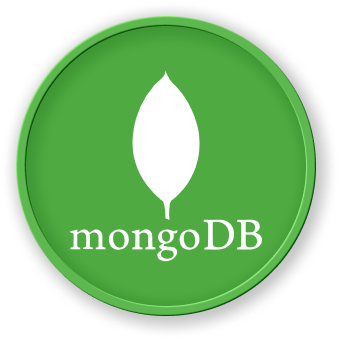Validation Strategies
Overview of Validation Approaches
JSON Schema provides multiple strategies for validating data, each serving different validation requirements and complexity levels.
Basic Validation Techniques
Type Validation
Ensures data conforms to specific types:
{
"type": "object",
"properties": {
"age": { "type": "integer" },
"name": { "type": "string" }
}
}
Constraint Validation
Adds specific constraints to data:
{
"type": "object",
"properties": {
"age": {
"type": "integer",
"minimum": 18,
"maximum": 100
},
"email": {
"type": "string",
"pattern": "^[a-zA-Z0-9._%+-]+@[a-zA-Z0-9.-]+\\.[a-zA-Z]{2,}$"
}
}
}
Advanced Validation Strategies
Nested Object Validation
Validates complex, nested data structures:
{
"type": "object",
"properties": {
"user": {
"type": "object",
"properties": {
"profile": {
"type": "object",
"properties": {
"firstName": { "type": "string" },
"lastName": { "type": "string" }
}
}
}
}
}
}
Array Validation
Validates array elements and structure:
{
"type": "object",
"properties": {
"tags": {
"type": "array",
"items": { "type": "string" },
"minItems": 1,
"maxItems": 5,
"uniqueItems": true
}
}
}
Validation Strategy Comparison
| Strategy |
Complexity |
Use Case |
Performance |
| Basic Type |
Low |
Simple data |
Very Fast |
| Constraint |
Medium |
Specific Rules |
Fast |
| Nested |
High |
Complex Structures |
Moderate |
| Comprehensive |
Very High |
Enterprise Systems |
Slower |
Validation Flow
graph TD
A[Input Data] --> B{Type Check}
B --> |Pass| C{Constraint Validation}
B --> |Fail| D[Reject]
C --> |Pass| E{Nested Validation}
C --> |Fail| D
E --> |Pass| F[Accept Data]
E --> |Fail| D
Practical Considerations
- Use minimal validation rules
- Avoid overly complex schemas
- Validate early in data processing
Error Handling
- Provide clear, descriptive error messages
- Log validation failures
- Implement graceful error recovery
Integration with LabEx
LabEx environments offer practical scenarios to experiment with different validation strategies, helping developers master JSON Schema techniques.
Best Practices
- Start with simple validations
- Incrementally add complexity
- Test edge cases
- Use clear, descriptive schemas
- Keep schemas maintainable
By understanding and applying these validation strategies, developers can create robust, reliable data validation processes that ensure data integrity across their applications.

